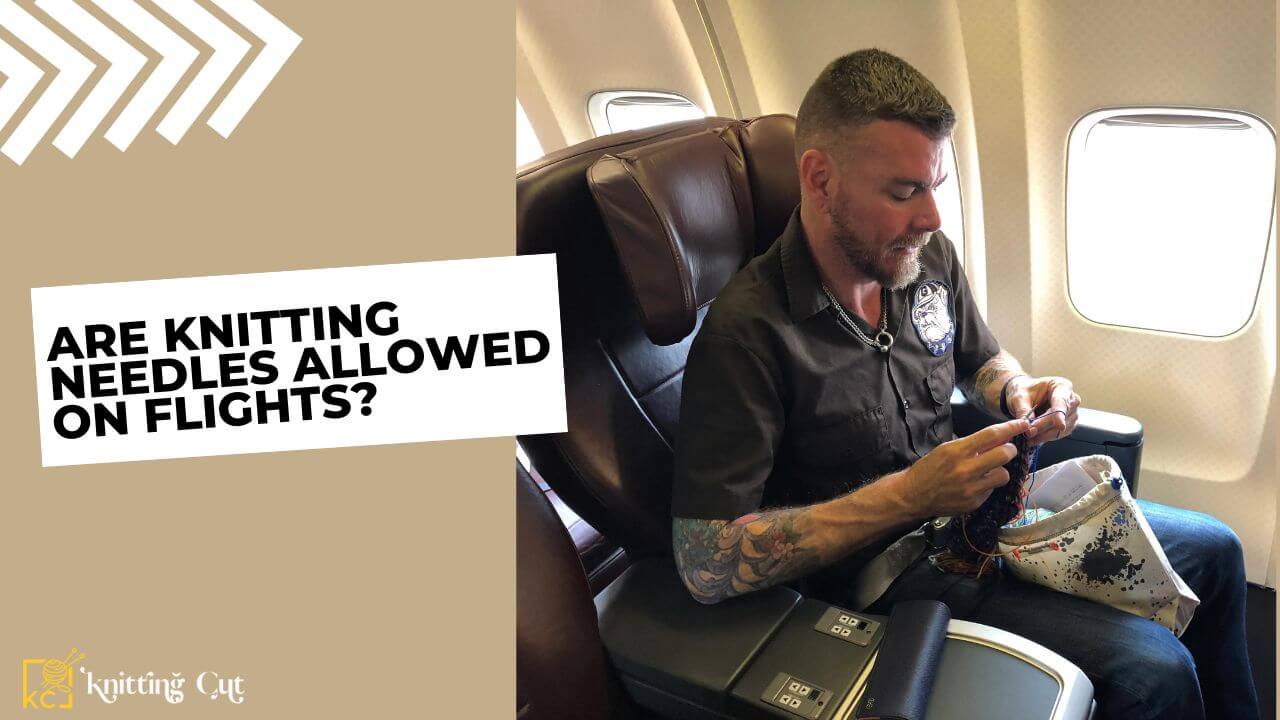When it comes to air travel, avid knitters often find themselves wondering about the permissibility of carrying their cherished knitting needles on board. Knitting is not just a hobby; it’s a creative outlet and a source of relaxation for many.
In this guide, we’ll unravel the regulations and guidelines surrounding the transportation of knitting needles on flights. Understanding these rules ensures that knitting enthusiasts can embark on their journeys with confidence, knowing their beloved craft will be by their side. So, let’s dive into the world of knitting and air travel and find out if those needles can join you on your next adventure.
Navigating TSA Guidelines
The Transportation Security Administration (TSA) sets the security standards for air travel in the United States. According to their guidelines, knitting needles are allowed in both carry-on and checked luggage, providing peace of mind for knitting enthusiasts.
It’s worth noting that the material of your knitting needles can make a difference. Plastic or bamboo needles are generally less likely to raise security concerns compared to their metal counterparts. Metal needles may trigger alarms during the security screening process, so it’s advisable to opt for non-metallic options.
Also Read: Dress Material Stitching Ideas: Top 10 Ideas!
Traveling Abroad: International Considerations
While many countries around the world adhere to similar guidelines, it’s crucial to verify the specific regulations of the country you’re traveling to or through. Some countries may have stricter rules regarding sharp objects, necessitating a closer look at their policies.
While security agencies may allow knitting needles, individual airlines may have their own policies. It’s recommended to check with the airline you’re flying with to ensure compliance with their specific rules, if any.
Tips for Effortless Travel with Knitting Needles
1. Embracing Circular Needles
Circular knitting needles, joined by a flexible cable, are considered less threatening compared to traditional single-pointed needles. Additionally, they are more compact and easier to pack, making them an excellent choice for travel.
2. Prepare a Self-Addressed Envelope
In the rare event that security personnel decide to confiscate your knitting needles, having a self-addressed, stamped envelope can be a lifesaver. This simple precaution can prevent the loss of a cherished set.
3. Approach Security with Courtesy and Knowledge
If you find yourself uncertain about the regulations, approach security personnel with politeness and confidence. Seeking clarification demonstrates a cooperative attitude, ensuring a smoother experience.
Exploring Alternatives for Air Travel
Consider investing in interchangeable knitting needle sets. These sets typically include multiple needle tips that can be attached to different lengths of cables. They offer versatility and can be easier to travel with, providing flexibility for various projects.
Circular needles are not only convenient for travel but also versatile for a wide range of knitting projects. They can be used for both flat and circular knitting, making them a valuable addition to any knitter’s toolkit.
Conclusion
Knitting needles are generally permitted on flights, whether in carry-on or checked luggage. However, it’s crucial to consider the material of the needles and be aware of any specific regulations imposed by the airline or destination country. By adhering to these guidelines and exploring alternative needle options, you can continue to indulge in your knitting hobby while traveling with ease. Safe travels and happy knitting!
Also Read: How Long Does it Take To Knit a Scarf?
